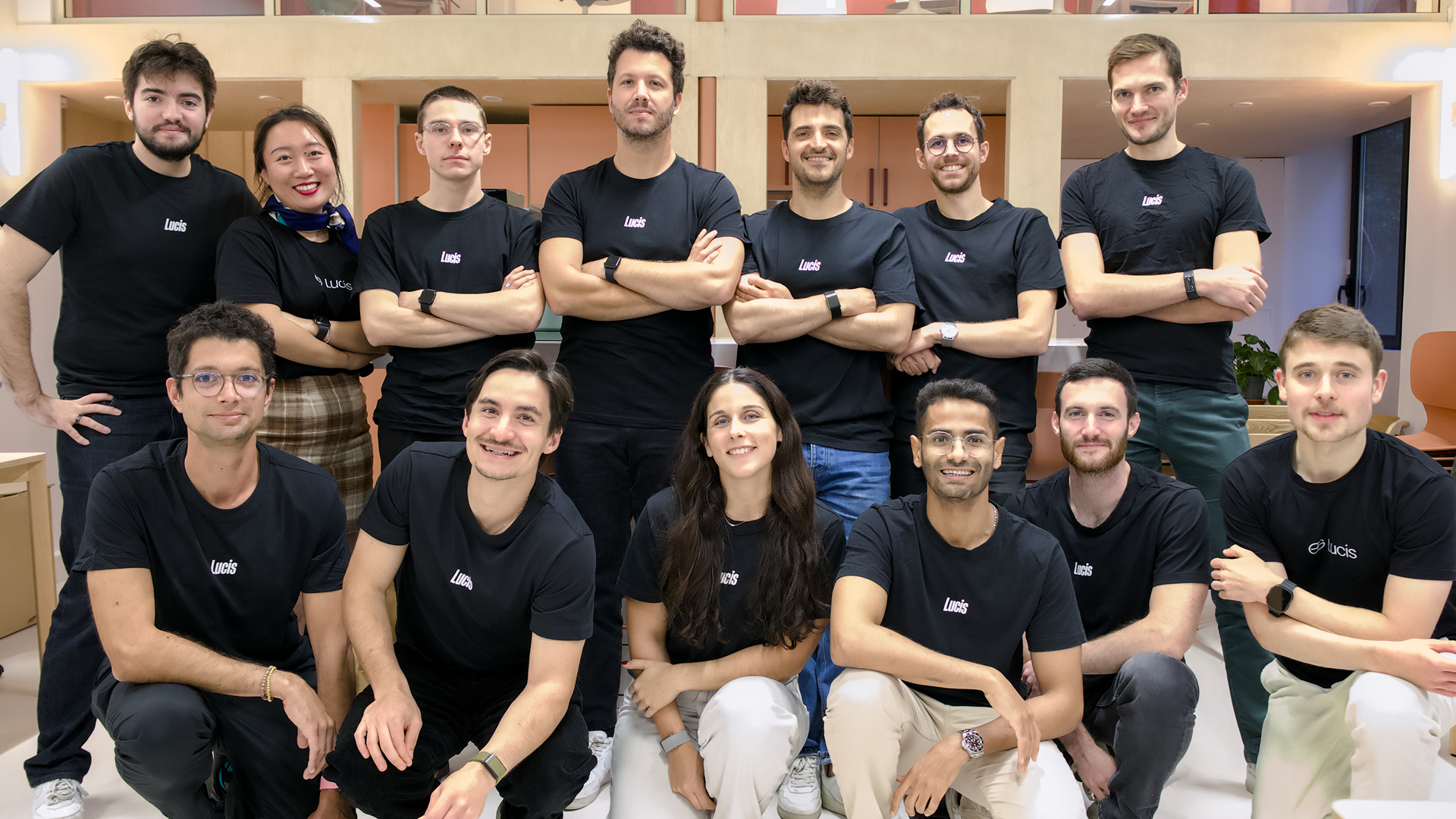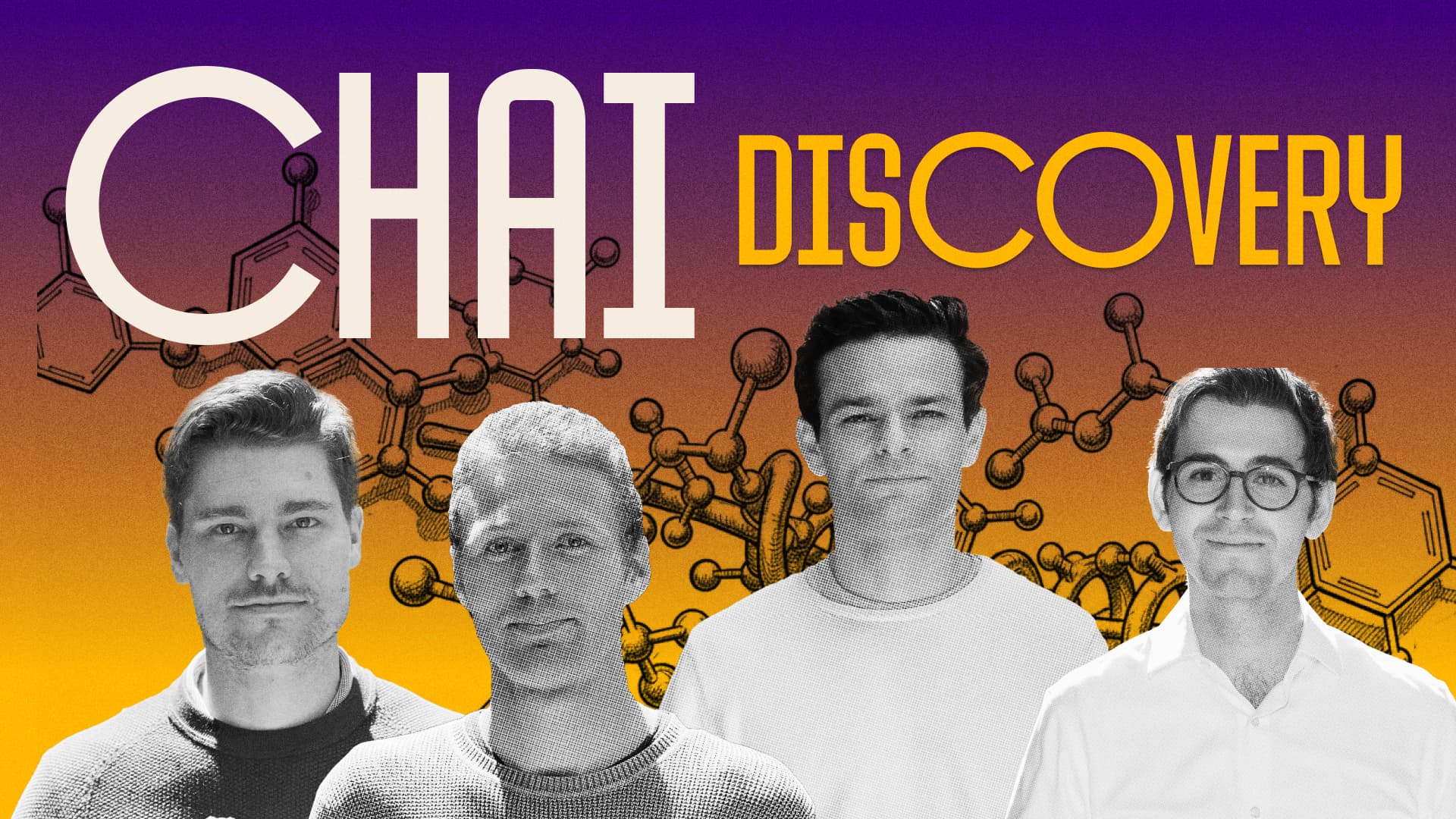Table of contents
In the fall of 2019, Steve and I were writing the book UnHealthcare, convinced that the 2020s were going to be a transformational decade for healthcare. Our team at GC had already made an internal presentation to focus our work on reducing the healthcare GDP by $250 billion by 2030.
We had both been working for years to bring about meaningful change in the system, each in our own way. I had already started to invest in the sector as early as 2008. Steve was at Jefferson helping them envision a new healthcare ecosystem made better by technology. We were both convinced that a new kind of partnership between technology innovators and healthcare leaders–what we call ‘radical collaboration’–would be key. It’s why I partnered with Glen Tullman to build Livongo. Steve, who was an early Livongo customer as well as a foundational customer of Commure, helped us further frame our thinking. It gave us a lot of hope that radical collaboration could really work.
So we formalized the thesis for Health Assurances–going from a “sick care” system to a more resilient, proactive system designed to help people stay well, bend the cost curve, and make quality care more affordable and more accessible to all.
And then came March 2020. The pandemic exposed the possibilities of what technology could do (in the form of home testing, telemedicine, vaccine development and distribution)–but it also laid bare the vulnerabilities of the system. So many entrepreneurs wanted to make a difference, and we wanted to get behind them. We’re proud of the young companies that stepped up to create important pieces of infrastructure that were fundamentally missing–like diagnostic infrastructure, workforce and service innovations that helped enables ‘healthcare anywhere’; AI and automation technologies to help create operating leverage for health care institutions that were under tremendous stress; remote patient monitoring to facilitate at home care; and new ways to conceive and conduct clinical trials. These and so many more made a real difference in accelerating the digital transformation of care.
Still, all of that happened in firefighting mode, trying to solve the short-term problems caused by the pandemic. Healthcare transformation was not coordinated and intentional – it was more of a free-for-all. Long-term priorities got pushed to the background. The healthcare system is now at its most fragile state. Healthcare workers are exhausted, demoralized and traumatized. Large systems are paralyzed by the proliferation of new technologies and disparate solutions. And whole populations remain marginalized…unable to access and afford quality care.
Now, as the pandemic becomes endemic, we believe it’s time to reset our intentions for the long-term reinvention of healthcare. We want to build on the momentum of innovation that’s started to take hold. But we need to build together. We believe that entrepreneurs, investors, innovators and traditional healthcare industry leaders must work together–with greater intention, heightened collaboration and new urgency–in order to truly realize the promise of health assurance.
What does this really mean?
First, it means we have to work together to build an ecosystem. We believe the solution to healthcare’s troubles is to intentionally create an ecosystem made up of hundreds of new companies collaborating with the current healthcare industry – hospitals, the pharmaceutical industry, biotech, mental health professionals and insurance companies. This is about being true partners and builders alongside the founders who believe in our core philosophy of radical collaboration and responsible innovation. It’s all about being true partners to existing healthcare institutions–to help them transform and thrive in the future. Radical collaboration across company and industry boundaries means tossing aside the old Silicon Valley mentality about such things as disruption and hyper-scaling. As we’ve said many times before, no one wants their healthcare ‘disrupted’. There won’t and shouldn’t exist an ‘Amazon of healthcare’–but rather an ecosystem of Amazons that can work seamlessly together.
Such an ecosystem must be interconnected. One health problem usually does not typically stand alone. Diabetes, obesity and depression can go hand-in-hand and feed off each other. So, a diabetes solution needs to act in concert with offerings that can help with obesity and depression. Arthritis can lead to inactivity which can lead to hypertension, high cholesterol and heart trouble. No one entity can address everything. But a connected ecosystem of new apps and traditional care can treat every person as a unit of one, and do it at scale. Interoperability is key.
A health assurance ecosystem must also bridge virtual and physical care. Marc Harrison, CEO of Intermountain Health, uses the term “phygital” care–the seamless blending of physical and digital care that will be the underpinning of an evolved healthcare system. For instance, apps that monitor you at home need to send data to your doctor, and that allows a doctor to more effectively care for you by video, plus gives the doctor much more information when you physically visit. That alone would’ve allowed millions of Covid patients to stay home instead of going to overcrowded and under-staffed hospitals. We need to think about the technology platforms required to underpin a ‘phygital’ healthcare system.
We also need to embrace a new mindset as company builders. To create systematic change, we need systematic thinkers who are willing to work together and design solutions at the intersection of technology, healthcare and pharma. The truth is many innovators think myopically and less systematically–more interested in dominating a market versus partnering to change an industry. We want to challenge that ‘winner-take-all’ mindset. In healthcare, even narrow-seeming opportunities can be enormous. What we learned at Livongo was that even by serving a small fraction of the 35 million people in the US with diabetes, the company could generate one billion in revenue. And that’s just one market. Too many startups begin in one healthcare space and look for adjacencies to build revenue. But real transformation will only happen when companies focus and go deep instead of broad, and connect to other companies that go deep in adjacent spaces. These highly specialized entities will still become hugely scaled businesses–but will grow in a more disciplined way.
It also means tackling the next challenges of healthcare head-on. Some of the intentional outcomes we’re starting to deeply focus on now include:
- Shift to aging in place and home as the epicenter of care. Health assurance solutions can radically change where and how the elderly live. Connected devices, virtual care and mobile urgent care will allow many people who would otherwise be in institution-based post acute care to remain in their own homes. This is critical as the senior population is expected to double by 2050 to 95m, so there isn’t capacity in institutional models, which also proved to be a hotbed of Covid infections.
- A different approach to rural health. Covid highlighted the scarcity of healthcare in rural America; there have been over 130 rural hospital closures in the last 10 years and there are less than 40 PCPs per 100,000 rural people. Yet rural areas are home to many marginalized communities disproportionately impacted by the pandemic. Virtual care will go a long way toward addressing the maldistribution of care, but we need more funding and a new blueprint for rural care.
- Healthcare workforce transformation. Healthcare professionals find themselves doing remedial, repetitive tasks that software should be doing. That’s burning out the existing workforce. We need technology that automates low-level tasks so doctors, nurses and others on the front lines can spend more time being human to patients.
- Integrated mental care. There have been many companies created recently in the mental health space; the next question is around how and where they can come together to create a cohesive and connected ecosystem. Treatment of mental health problems is fragmented, expensive and disconnected from physical care, though they are often intertwined. The pandemic introduced virtual therapy to millions of people, but there’s still an enormous amount of work to be done.
- Operationalizing value based care. This is key to realizing our goal of reducing the GDP of healthcare. Whilst the healthcare system has been on a path towards alternative payment models for decades, progress has been tepid rather than transformational. Less than 15% of payments are in two sided risk arrangements, despite the manifest issues with fee for services payment models. Looking forward, more payers need to share risk and more providers need to be enabled and rewarded for reducing the total cost of care.
- Empowering health equity. We also need to develop technologies that ensure health equity for all individuals, and that social determinants, population health and predictive analytics to reduce health gaps move from philosophic and academic exercises to the mainstream of clinical care and payment models.
- A new focus on biology. We believe that to solve problems in healthcare at a global scale, it is imperative that we address the role of pharmaceuticals, and harness the potential of the life sciences industry. Through the global pandemic, we’ve seen that getting the right drugs, to the right people, at the right time and cost has never been more important in addressing health equity. Successful companies in this category will help people stay well and will accelerate research and development.
Earlier today we announced that Steve will be joining GC as an Executive-In-Residence. He has chosen to team with us because he believes–as we do–that we can have a profound impact by working more closely together and bringing our mantra of radical collaboration to more places.
He joins our dedicated health assurance team who are laser-focused on different dimensions of healthcare transformation: Ken Frazier, our Chairman of Health Assurance Initiatives; Chitra Nawbatt, who leads our Health Assurance partnerships; Chris Bischoff, who leads our investment team that includes Deep Nishar, Holly Maloney, Elena Viboch and many others; and our health care focused Executives-in-Residence (XIRs), Margo Georgiadis, Ron Paulus, Jenny Schneider and Robin Washington.
The work we’re doing in the health assurance space is a great example of our firm’s commitment to responsible innovation–building with greater intentionality, embracing an inclusive mindset, and delivering impactful outcomes. Nowhere can we have a greater impact on people than we can by re-doubling our efforts here.
We want others to come along with us on this journey. We invite all founders and healthcare innovators who share our vision to join us in the intentional building of a health assurance ecosystem.
And we feel a great sense of urgency. We want to partner with everyone who believes we can make the promise of health assurance a reality by 2030. Our mission is greater than what any one one of us can do alone.










_r1_v2%20(1).jpg)

